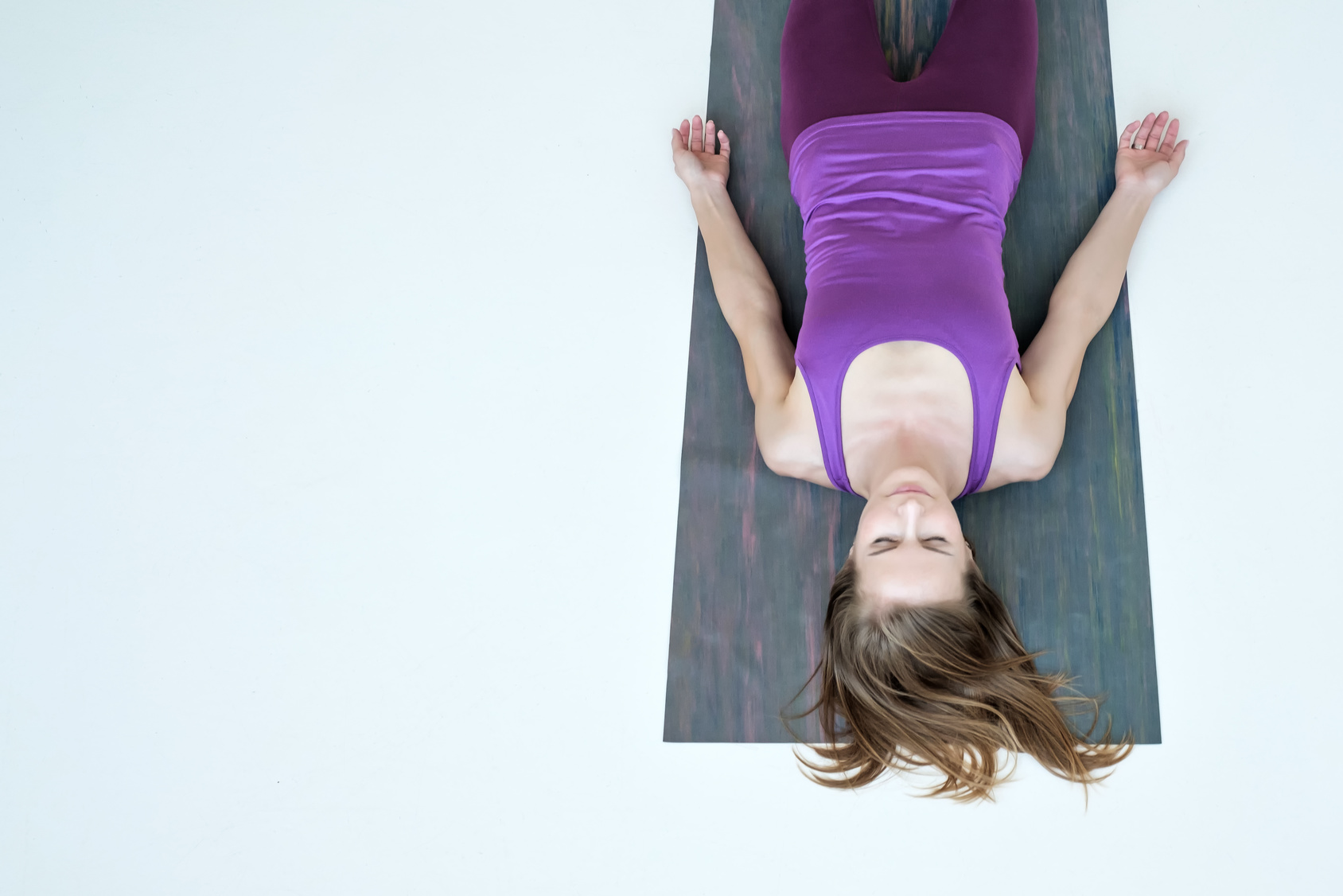If you do any running, you know that, sooner or later, injuries happen.
Surveys show that more than half of all runners suffer from at least one injury per year, mostly due to body imbalances and the repetitive high impact motion.
To stay injury-free and active, you’d need corrective modalities to fix muscular imbalances, and prevent overuse injuries.
As far as I can tell, yoga is one of the best exercises to helps improve mobility, flexibility, strength, and agility, as well as speed up recovery from high-intensity training. That’s a bunch of good things if you ask me.
It’s undoubtedly one of the most dynamic returns on investment out there.
In today’s post, I’m sharing with you some of the best yoga poses to keep you pain-free and enjoying every stride this running season.
What’s more?
The poses shared below require no previous experience.
Not only will these help you recover faster, but they also improve your range of motion and running performance. What’s not to like.
Try to practice the following routine for 15 to 20 minutes to cool down, hold each asana for five to ten breaths to get the most out of it.
And remember not to push your body beyond its comfort level as doing increases the odds of injury—and that defeats the purpose of yoga in the first place.
Yoga For Injury-Free Running – 1: Cross-Legged Forward fold
Begin by sitting tall on a mat with back flat and legs crossed in front of you. Sit on a bolster or the edge of a firm blanket if your hips are very tight.
Next, while keeping your knees wide, place your palms on the ground in front of your legs, then walk then forward as you allow your spine to curve naturally. Keep your head, neck, and shoulders relaxed throughout the stretch.
Keep the pose for five to ten breaths.
Additional resource: Need more yoga exercises and routines? Then try a yoga studio software.
Yoga For Injury-Free Running – 2: Downward Dog
Begin on all fours, shoulders above your wrists and hips above the knee, and the latter slightly behind your hips.
Next, spread your fingers, bring your hands slightly forward, then press your palms into the mat and gently tuck your toes, lifting your knees off the ground and straightening your legs as much as possible.
Breathe deeply for ten times.
Yoga For Injury-Free Running – 3: Cobbler Pose
Sit on the mat with your legs straight out before you. Use a bolster if your hips are too tight. Then, bring the soles of your feet together as close to your pelvis as possible, with hands holding the feet.
Next, place your hands on the ground, lean forward, and gently allow your knees to fall away from each other, stretching your inner thighs for five to ten breaths.
Make sure not round your back. Instead, keep your spine long as you lower down.
Yoga For Injury-Free Running – 4: Bridge Pose
Begin by laying on your back, knees bent, and feet flat on the floor hip-width apart.
Next, while engaging your core, press your feet into the ground and lift your hips, rolling your spine off the mat. Squeeze your knees together to keep your knees hip with apart.
Hold the pose for five to ten breaths then slowly lower down to starting position.
Yoga For Injury-Free Running – 5: Reclining Spinal Twist
Start by lying comfortably on your back, then bend your knees into your chest, and extend your arms out alongside your body.
Make sure your body is forming a “T” formation, with your palms facing up toward the ceiling.
Next, extend your left leg, so it is lying on the mat, then guide your right knee with the left hand, slowly bring it toward the mat on the left side of your body. Extend your arms out to the sides, palms facing down.
Extend your right arm out to the right side and gently turn your head to gaze over the right fingertips.
Remain in the twist for five to ten breaths, then come back up to center, then change sides.
Yoga For Injury-Free Running – 6: Legs up the Wall
Begin by laying on your back with sit-bones as close to a wall as it is comfortable for you.
Next, while letting your arms rest open at your sides, palms facing up, extend your legs up the wall. Feel free to place a folded blanket or pillow under your hips to release any tension in the low back or hamstrings.
Let your head rest on the ground and place your arms where they feel most comfortable. Stay anywhere from three to ten minutes. Just don’t fall asleep.

